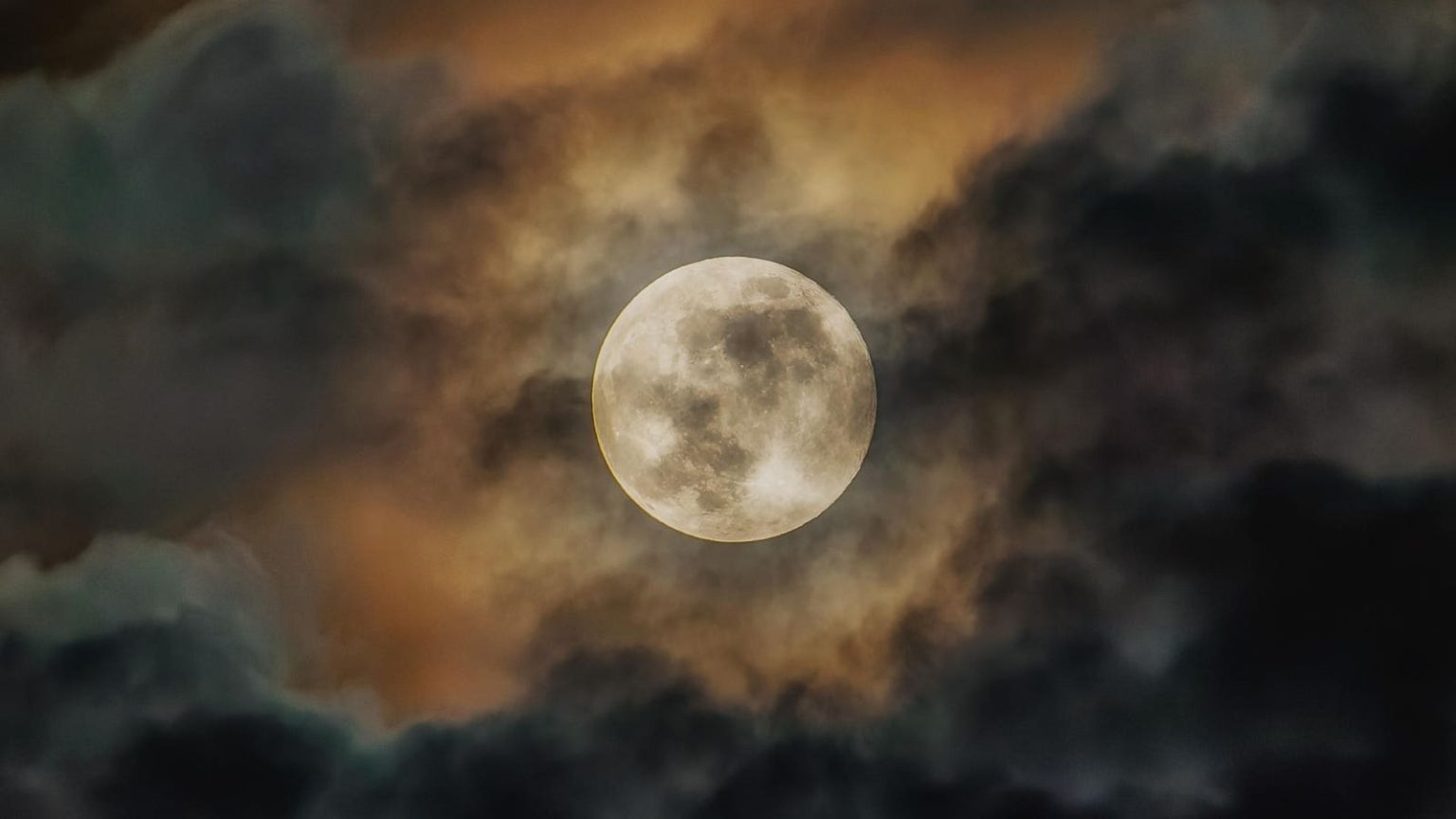The fifth full Moon of 2024, known as the “Flower Moon,” is set to appear in the early evening skies this week, rising in the east as the sun sets in the west. Also referred to as the “Milk Moon” and the “Hare Moon,” this celestial event will be enhanced by its proximity to the red supergiant star Antares in the Scorpius constellation.
Scheduled to reach full illumination at 13:53 UTC/9:53 a.m. EDT on Thursday, May 23, the best time to observe the “Flower Moon” may vary depending on location. The ideal viewing time for a full moon is when it rises in the east just after the sun has set in the west. This positioning creates a more pronounced appearance with a beautiful muted orange hue. Therefore, moonrise on Thursday, May 23, will offer the best opportunity to witness this phenomenon.
In North America, the full moon will be visible on the evening of Wednesday, May 22, before sunset, but it will be most striking on Thursday, May 23, long after the sun has descended. Interestingly, Antares, the brightest star in Scorpius, will be visible to the lower left of the moon. Specific timings for New York, Los Angeles, and London are provided, indicating when sunset and moonrise will occur in each city.
To obtain the best view of the “Flower Moon,” it is recommended to position oneself in a high location facing east or visit an east-facing coast. A clear view of the horizon will enhance the experience, provided the skies are clear. While the naked eye is sufficient for observing the full moon, a pair of binoculars could offer a detailed close-up view, enhancing the overall spectacle.
Due to the unique positioning of the “Flower Moon” on the eastern horizon during dusk, it will appear orange in color for a brief period. This phenomenon occurs because the moon is seen through the densest part of Earth’s atmosphere, where long-wavelength red and orange light can pass through more easily than short-wavelength blue light, which scatters more easily. The same principle, known as Raleigh scattering, explains why sunsets are often orange in hue.
Following the “Flower Moon,” the next full moon to grace the skies will be the full “Strawberry Moon” on Friday, June 21. This will mark the sixth full moon of 2024 and the first of summer in the northern hemisphere. As always, favorable weather conditions and an unobstructed view of the night sky are essential for optimal viewing. May you enjoy clear skies and an unforgettable experience of the celestial wonders that await.













